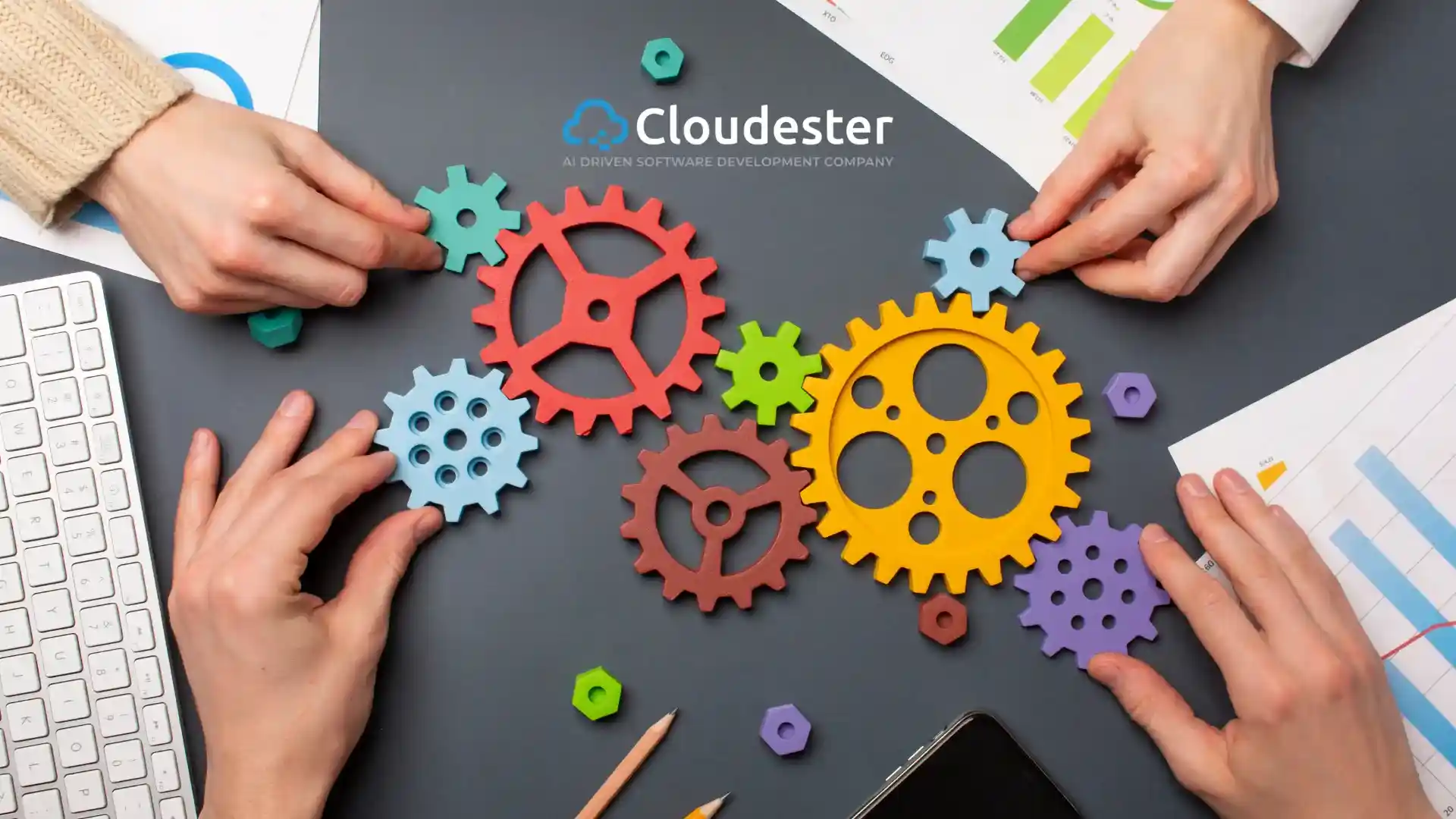Customized Software Product Development – Sharing Our Proven Approach!
October 27, 2022

It’s no secret how challenging software product development is! In fact, 85% of internal software initiatives never achieve a significant return on investment, and 90% of software start-ups fail.
So, what might be the main reason here? Why do savvy business people create useless software?
Well, it’s simply because they don’t take their consumer into account frequently and early enough during the software development process.
Before you map out any solution, it is crucial to consider your customer’s issues. According to CB Insights research of more than 100 businesses, “no market need” ranked as the leading reason for failure (i.e. 42% of the time).
If you go for software product development with solely features in mind or make assumptions about a customer’s needs without validating them, you may end up with software that works well but has no users.
How can you learn what your customers need without compromising your schedule or your budget? Here is the strategy we advise!
Software Product Development – Problem Identification Framework
Our team at Cloudester performed a lean problem identification and came up with this problem identification framework that may work best for any software product development project.
Step 1 – Form Two Strong Teams
One should be a Problem Team and the other should be the Solution Team.
Keep both teams as precise as possible. Make sure to have experts from a variety of disciplines.
Step 2 – Market Development Session
The focus of the product and the demographic of the target market should be two fundamental hypotheses that the Problem Team should try to define.
Think about the following questions to assist in identifying a prospective area of focus –
- What specific tasks do individuals wish to avoid?
- What solutions have people come up with?
- What novel applications have customers developed for current products?
- Where do you observe a lack of consumption?
Once you have chosen a particular area, you should think about your target market to ensure quality and result-driven software product development.
Who do you envision as your target customers?
Take into account both their demographics, such as their gender, age, income and location, as well as their psychographic traits (circumstances, common behaviors, buying triggers, fears, etc). Try to pinpoint and settle on your target customers’ 5 characteristics.
Step 3 – Problem Identification Interviews
You’ve probably heard of the idea of “failing fast.” A specific hypothesis must be tested as soon as feasible with prospective clients to ensure smooth software product development.
This will provide you with priceless feedback and ensure that you are moving in the right direction. If in case your presumptions are incorrect, you must find that out right away to change your course of action and give it another shot.
Start by choosing five early contenders who suit the profile of your target consumer, and then ask each of them for five names of individuals who would also be a good fit. Interview them and note their answers to the following questions –
- What top 3 problems do you face with the functional area?
- Are you trying to solve these problems yourself?
- If so, what approach are you using?
- What are the pros and cons of your current solution?
Step 4 – Documentation & Solution Development
The Solution team should consider the Problem Team’s interviews and documentation and utilize this knowledge to evaluate alternative solutions according to criteria like –
- Does this help to solve a big enough problem for the customer?
- Does this help in pricing optimization?
- Could this be a turnkey solution?
- Can it impact the buying decisions made by the customers?
- Is there any scope for improvement?
Step 5 – Test Your Solution & Iterate
Present your solution to your early adopters and solicit all possible feedback last.
Using services from Cloudester, you can gather insightful feedback for a product’s early MVP (even if it is just one feature). Remember that to truly understand what about your product is working and what not, you must test extremely specific components of it.
How Does This Approach Help?
To draw any conclusion, invest some time upfront using the Problem Identification methodology. However, this expenditure will pay off over time by saving you time and money.
With the help of this Problem Identification framework by Cloudester, you may swiftly change your direction, cutting down on the amount of time and money-wasting dead ends. In the conventional paradigm, customer validation happens after launch. That means if you don’t hit the mark, you have to repeat the development phase of the process, which is frequently the most time- and resource-intensive.
By utilizing the Problem Identification approach shared by Cloudester, you can head into software product development right after you encounter a vetted customer problem and find the solution.
Conclusion
The most frequent business mistake made by most software teams is creating the incorrect product. By keeping your consumer in mind from the beginning and creating the appropriate product the first time, you can reduce risk, wasted effort, and wasted money.
To ensure your software product development process is smooth and streamlined, connect with our team of experts at Cloudester. We can help you with result-driven ideas and a quality approach that’s straightforward and tailored to your specific needs. Let’s give us a try!





